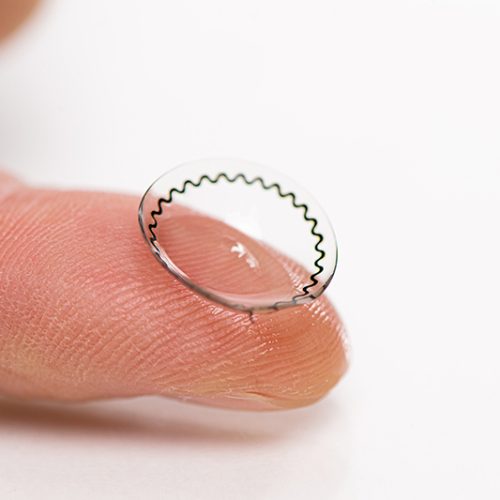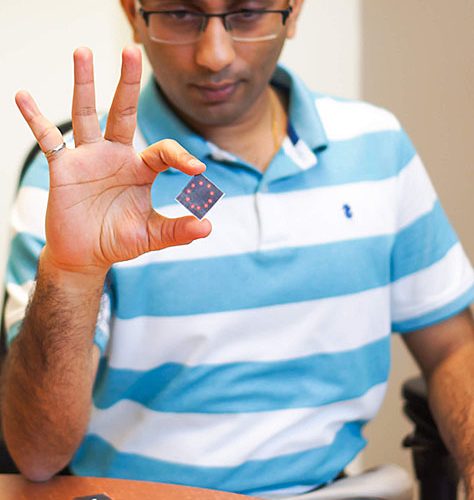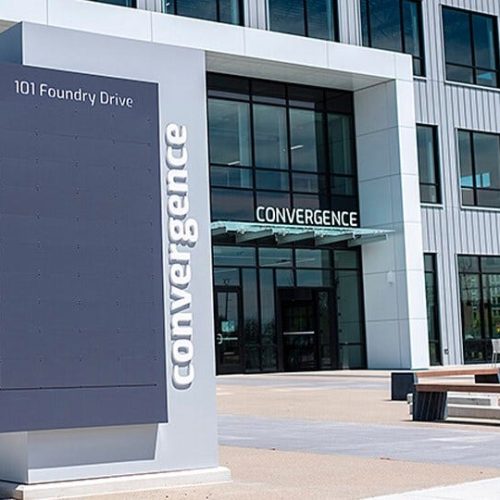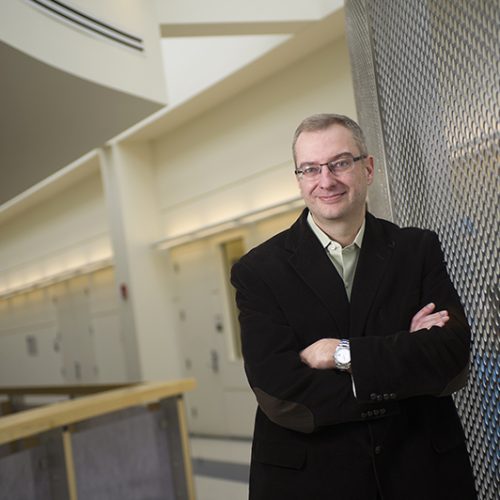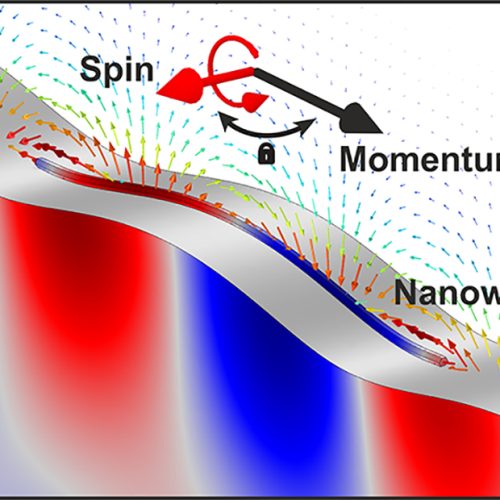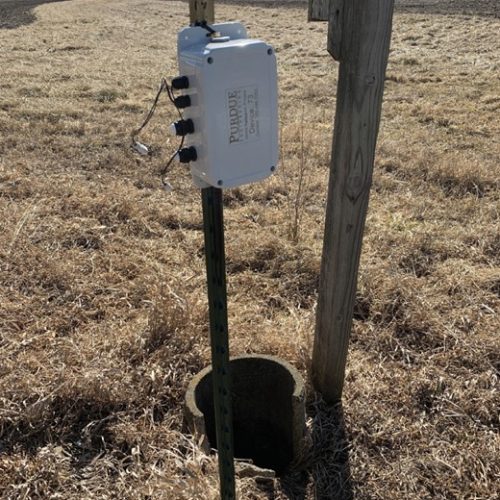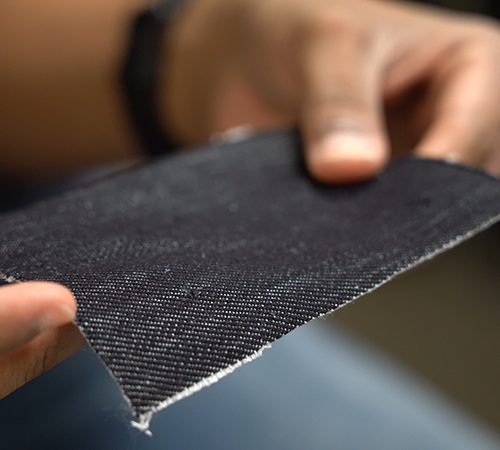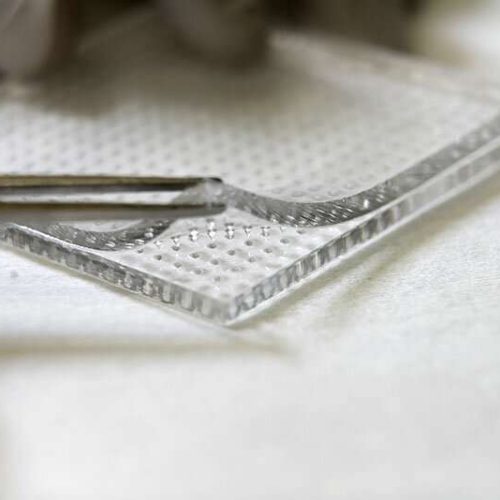
September 16, 2021
Microneedles that pierce biofilm for more effective topical delivery of antibiotics to infected wounds
A Purdue University engineer's patent-pending invention could improve the quality of life for millions of people suffering from diabetic foot ulcers.
Rahim Rahimi, an assistant professor in the School of Materials Engineering, has developed a flexible polymer composite microneedle array that can overcome the physicochemical bacterial biofilm present in chronic, nonhealing wounds and deliver both oxygen and bactericidal agents simultaneously. The results have been published in ACS Applied Bio Materials.
